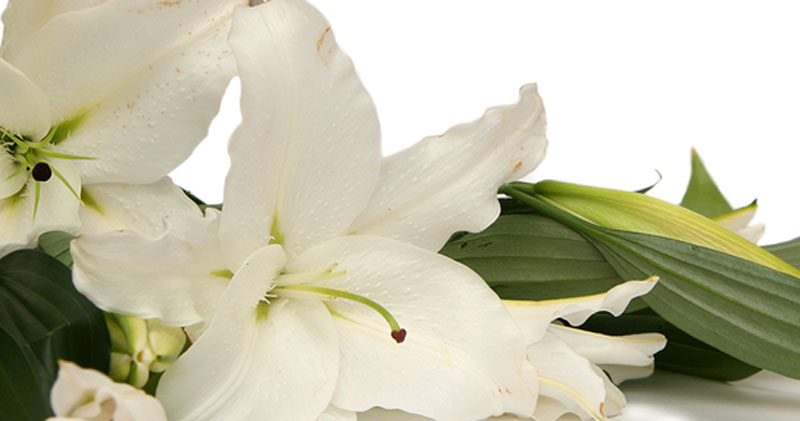
In a nine-minute YouTube clip, Bishop Robert Barron reminds us that the “great transcendentals” — the good, the true, and the beautiful — can all be ways in which we evangelize. Today’s converts are sometimes won the way some of the very first Christians were: by witnessing unselfish works of love and service. Others are won by persuasive intellectual arguments about the truth of doctrine, through the art and science of apologetics. Bishop Barron, who is an intellectual and media powerhouse, says he, not surprisingly, likes that approach. But he notes that some are more moved to consider Christ and the majesty of God by natural and artistic beauty.
We always see a great deal of that during our Lenten and Easter seasons. Azaleas explode like fireworks, and white herons bunch in trees along marshes. Our sanctuaries go from stark branches to palms and then Easter lilies. Our Stations of the Cross stand out, and then white and gold banners hang from our walls. We go from the piercing “O Sacred Head Surrounded” and “Were You There?” to exultant Alleluias and “O Filii et Filiae (Ye Sons and Daughters).” The purple of Lent and the red of Palm Sunday become the white of Easter and then the red of Pentecost in priests’ and deacons’ vestments.
The Spanish Catholics, who were the first Catholic European settlers in South Carolina (then part of “La Florida”), lived in flammable homes topped with thatched roofs and later coated in the predecessor of the lime and oyster shell tabby that became mortar here. The 16th century church on Santa Elena, now Parris Island, was a sharp contrast. Historian Eugene Lyon describes the interior of the church as astonishingly rich with gilded crosses and sacred images, lavish vestments, a striking canopy over the altar, and finely embroidered altar linens. The settlers in governor Pedro Menendez’s Florida capital (Santa Elena) did what so many other immigrants in U.S. history have done: they put the very best into their house of worship.
The habit of glorifying God by using beautiful materials goes back at least to the time of Moses. Exodus details the precious metals, acacia wood, fine yarns, treated animal skins, dyes, oils, and incense that were to go into the construction of the tabernacle and the Ark of the Covenant. Valuable goods are associated with the homage paid to royalty and to God.
It isn’t surprising, then, that we find Exodus, Psalms 19 and 104, and Job 38-41 (to name a few) gushing with praise of creation and its beauty. Psalm 148 insists that not only do humans and angels praise the Creator but that creation itself does. If we take these passages to heart, the implication is that the work we do to craft attractive spaces and wares is a participation in what St. Thomas Aquinas calls God’s work of adornment: the reverent beautifying of our surroundings. We adore God, enhance human dignity, and gift the world. Sometimes we may even win hearts to Beauty’s divine source.
Sister Pamela Smith, SSCM, is the Secretary for Education and Faith Formation at the Diocese of Charleston. Email her at psmith@catholic-doc.org.


